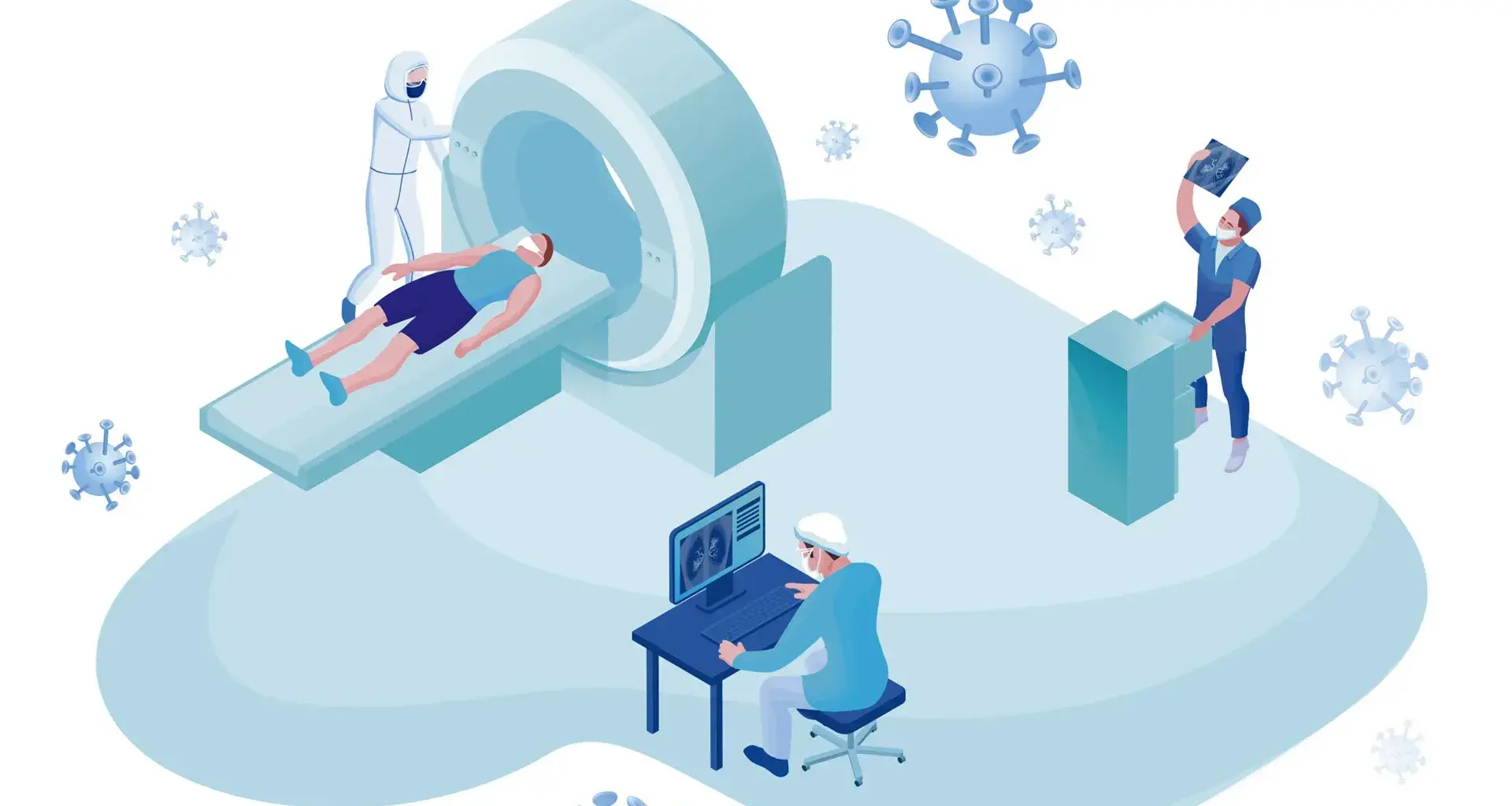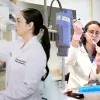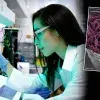The work of Tec de Monterrey researchers Mohammad Khubeb Siddiqui and Rubén Morales on the development of a method based on neural networks with deep learning to detect COVID-19 has been referenced by the WHO on the internet.
This scientific contribution, performed in collaboration with scientists from India, was published “in record time” in the paper “Application of Deep Learning for Fast Detection of COVID-19 in X-Rays using nCOVnet” and appeared in the scientific journal “Chaos, Solitons and Fractals“.
Rubén Morales, a professor from the School of Engineering and Sciences, explained that the “nCOVnet” method can analyze x-rays from patients with symptoms and detect cases that are positive for COVID-19.

He added that a deep learning network is a set of complex equations with an ample number of variables, so algorithms are developed in order to train these networks.
In this case, the system was programmed to learn to interpret x-rays from patients infected with COVID-19.
“Our research was published in a Scopus Q1 quartile scientific journal. They accepted the work in record time.”
“This network analyzes patients’ x-rays and interprets certain characteristics, as it has been trained to detect the damage caused to the lungs by the novel coronavirus,” said Rubén Morales.
He emphasized that this is a complementary diagnosis method to testing for antibodies and RT-PCR, as this innovation does not seek to substitute the standard method, but offer an alternative within the scope of most medical centers in the world.
“This network analyzes patients’ x-rays and interprets certain characteristics, as it has been trained to detect the damage caused to the lungs by the novel coronavirus.”
According to the scientific paper, the model proposed can detect if a patient is positive for COVID-19 with an accuracy of more than 97%, so it would facilitate detection of infected patients to place them in respiratory isolation and reduce community transmission.

“This model could help hospital management and medical experts to take the necessary steps for handling patients with COVID-19 after rapid detection,” explained Morales, who is also national director of the School of Engineering and Sciences (EIC).
This innovation joins other efforts made by scientists from the EIC to offer methods for detecting COVID-19 through the use of artificial intelligence systems.
Such is the case for the innovation developed by Sergio Uribe, director of the Tec’s Center of Innovation in Design and Technology and Professor Cristian Mendoza, which can identify characteristic patterns from more than 5,000 x-ray images.
YOU’LL DEFINITELY WANT TO READ THIS TOO:





